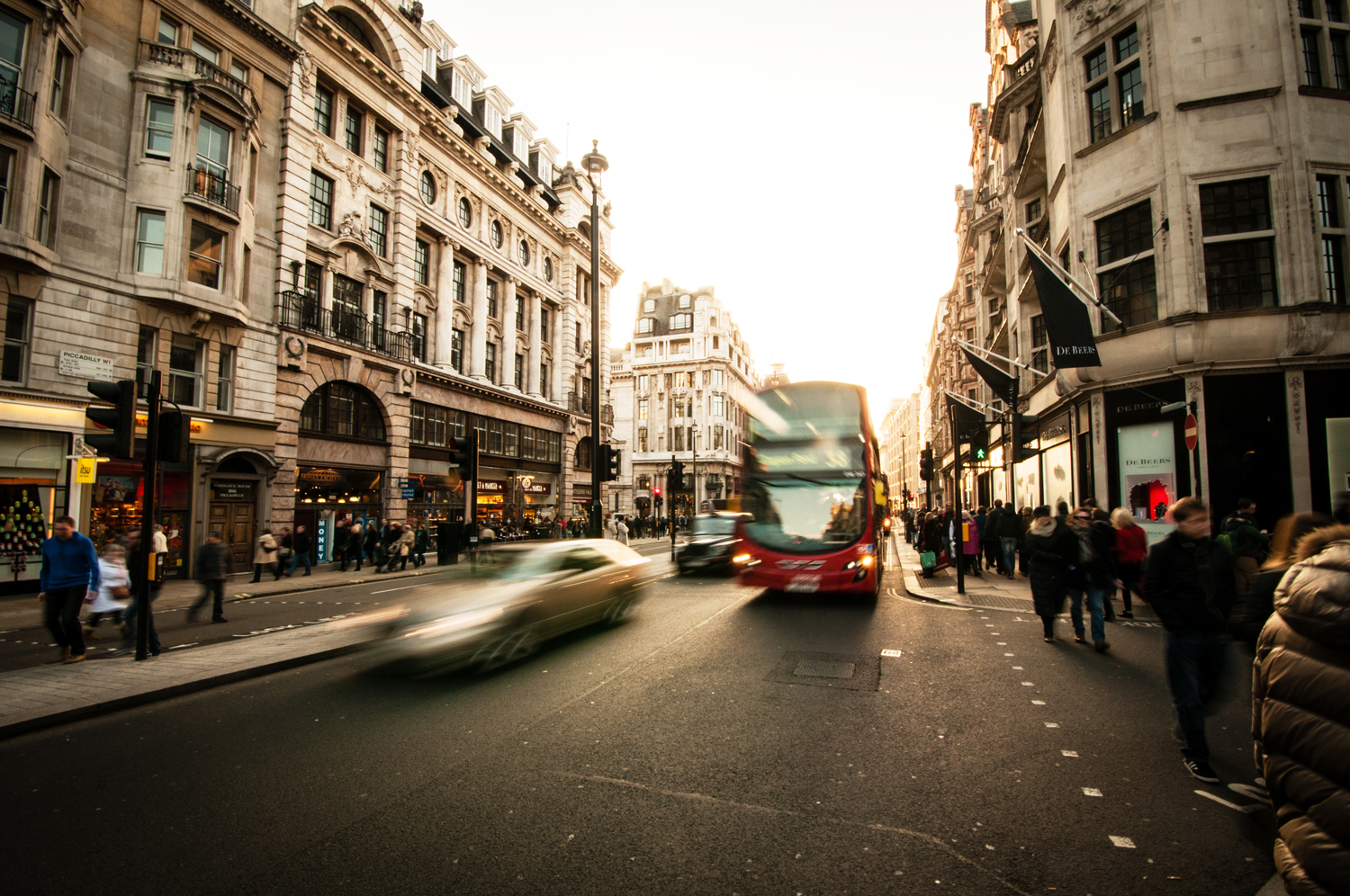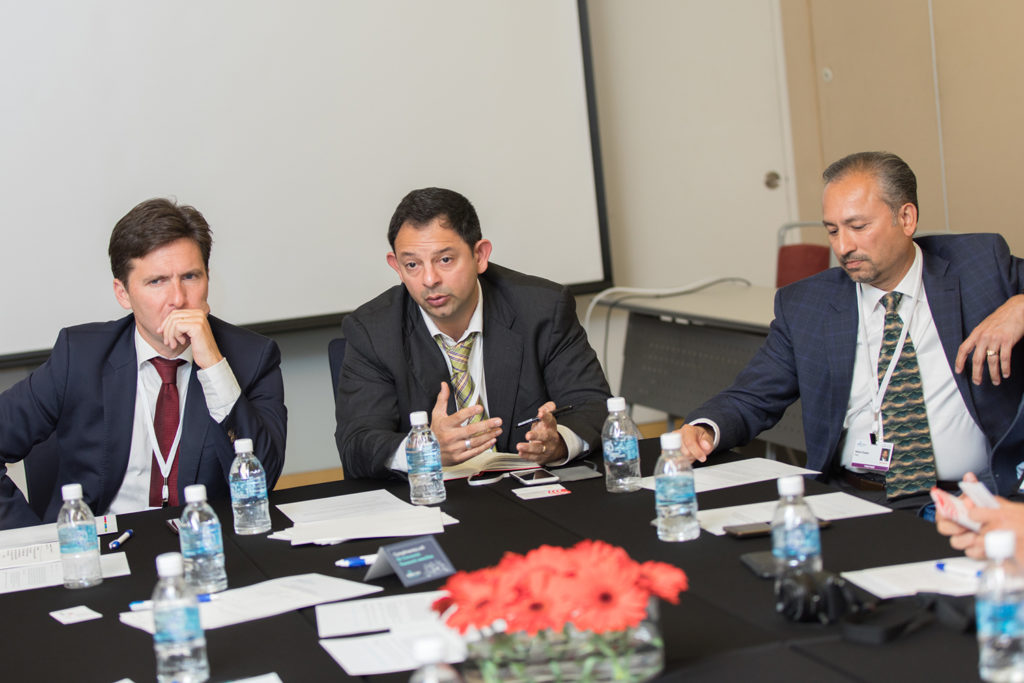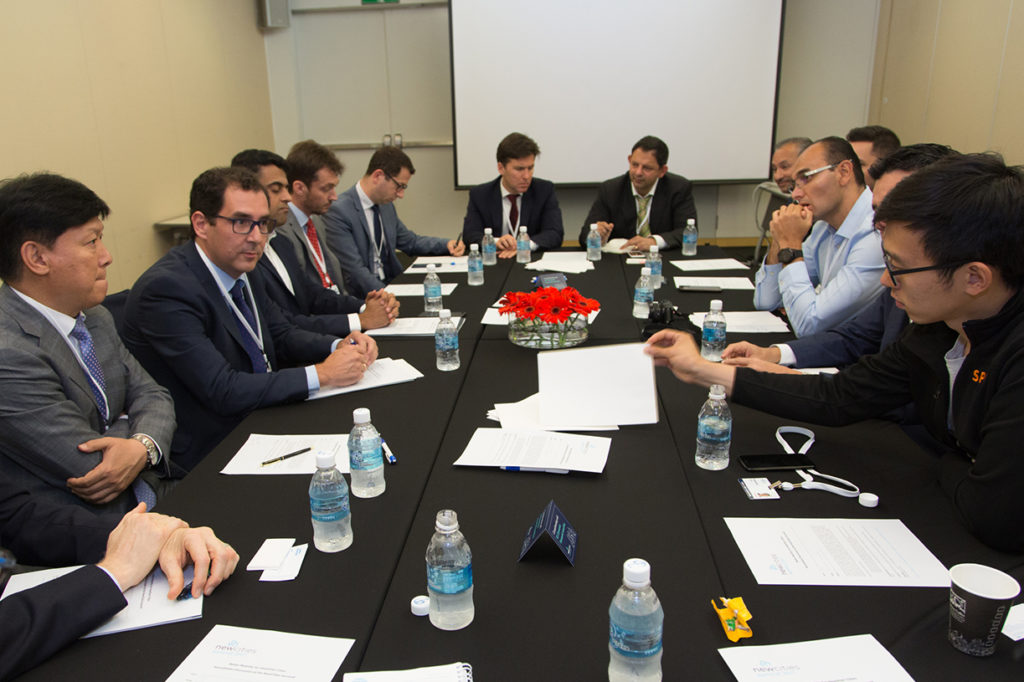
Better Mobility for Healthier Cities
August 4, 2017 — Blog
My work as the Director of ENGIE’s key Cities Program has taken me to cities across the world. I’ve had the privilege of meeting elected leaders and other stakeholders who share our interest in the future of energy and solutions for an increasingly urbanized world. While every city has its unique challenges, one thing I have learned from these meetings is that city leaders inevitably share at least one major concern: how to deal with urban mobility, now and in the future.
The topic is multifaceted, and the challenges are too. But the basic forces at stake can be summed up pretty clearly.
First, everyone needs to get from place to place, and with the pace of urbanization increasing – with two thirds of the world’s predicted 11 billion inhabitants will live in cities by 2050, compared to 50% of the population today – building and paying for the infrastructure to keep up with demand is a major concern.
Second, the transportation sector accounts for 23% of energy-related greenhouse gas emissions worldwide – 95% of which comes from petroleum-based fuels. The United Nations Development Programme (UNDP) has warned that “heavy concentration and consumption mean that many cities are increasingly vulnerable to negative outcomes of climate change, including through coastal flooding and infrastructure damage” and resource security during extreme weather. Cities are increasingly being made responsible for mitigating and preventing the damage caused by such environmental events. And while rapid advances in battery storage, electric and hydrogen vehicles and charging infrastructure have made it possible to begin replacing fossil fuel-powered vehicles in cities, scaling them up will be a major challenge.
A final and sometimes overlooked issue – which mayors hear about on a day-to-day basis – is the profound relationship between urban mobility and citizens’ quality of life. This has to do with air and noise pollution, of course. But unsafe, inaccessible and unpredictable transportation networks are often overlooked as sources of anxiety and lost productivity. This will not be news to the citizens of New York City, whose subway system was declared to be in a state of emergency in June, or those of Jakarta, who can spend up to four hours per day in gridlocked traffic.

During the NewCities Summit in Songdo last June, we hosted a roundtable with NewCities and city and private sector leaders to dig deeper into the economic, environmental and social issues at stake for how to really improve urban mobility. We asked: what can be done? How do we really go about surmounting these obstacles? What have been the most efficient ways to do it? What has worked and what has not?
The actions that need to be taken were clear to all: substitute oil-derived fuels by cleaner energies (gas or power). Increase the use of public transport systems with regulatory nudges, improve service quality and power them with clean energy. Anticipate the progressive influx of driverless vehicles. And progressively install intelligent transportation systems to better coordinate service, and improve predictability and intermodality.
But getting from point A to B involves addressing some often overlooked political and rhetorical points that could be useful in getting the job done. Here are some of the key insights gathered from the roundtable:
- The participants agreed that improving mobility is one the top three priorities for municipalities everywhere in the world. Bad traffic or transit service is highly visible and affects everyone, meaning elected officials are expected to take big steps, be bold and be held accountable. This isn’t the case for other major issues like underfunded pension plans, which are equally difficult but more distant for the average citizen.
- Mobility is such a flashpoint because it’s fundamentally about how people get to use their time. Time is increasingly our most precious resource, and allowing people to use their time in ways that please them – rather than being forced to do something unproductive or just against their will – is fundamental. Losing time in transportation is bad, but the uncertainty about it is also very negative.
- The greenest, most accessible way to get around is by walking. In some cases this is not possible because of poor infrastructure, while in other places it’s because of security. So urban security should be seen as another foundation stone for greener mobility.
- Good governance is necessary not only because it ensures a project gets done but because it makes sure that levers like big data can be used to their full potential. With systems integration and intermodality increasingly essential, cities need all stakeholders to pitch in and feed their data into the system – which they won’t do if regulation and governance aren’t there to make them do so.

The Mobility eco-system of the future is thus expected to see a gradual convergence of various different domains – energy, security, air quality, connectivity, and of course, transportation. Recognizing this is important because each of these domains has been regulated separately, with different sets of standards and guidelines. I recently attended a meeting in the European Commission on “Interoperability” of standards that focused on this very issue.
Ambitious yet pragmatic policies can clear the way for cleaner, greener technologies to be commercialized. Our discussion here focused on innovations that can make these new commercial initiatives replicable and scalable. For instance, a privately owned vehicle is typically used just 5% of the time. A reduction in private ownership and an increased reliance on public transport and fleet operators (e.g. Uber) can substantially bring down the total cost of transportation. This can shape newer businesses in services, fleet management, and green charging infrastructure management and maintenance. We ended with a discussion of financing options for these new businesses.
We keep these points in mind as we guide our projects for better mobility through complex urban development processes. This will ensure they stay focused on producing happier, healthier and more mobile citizens.